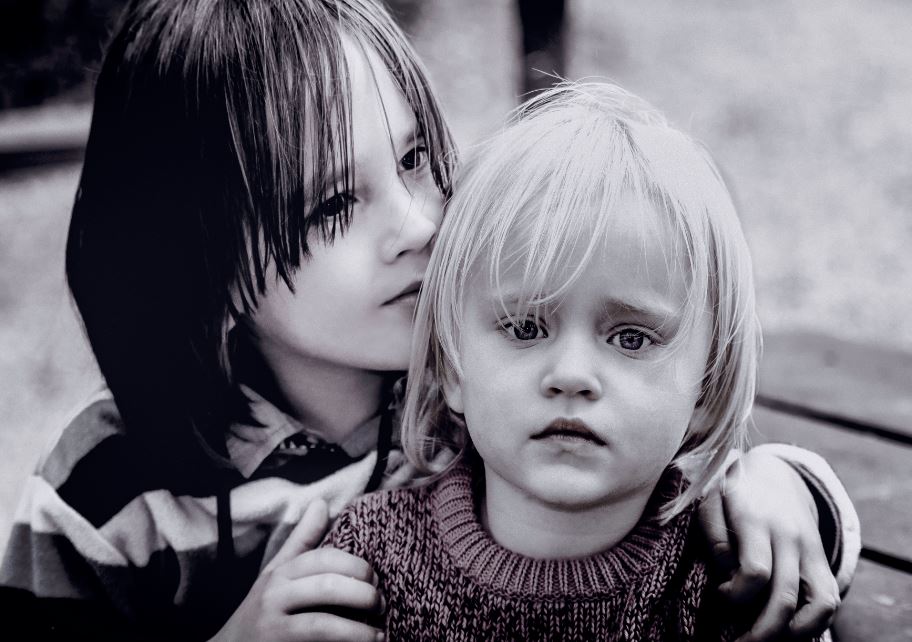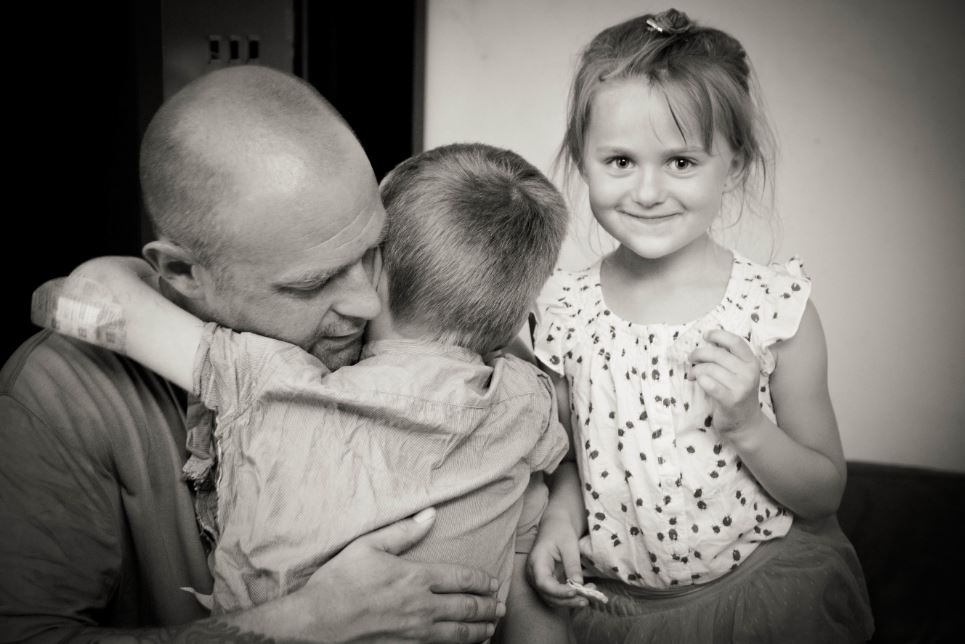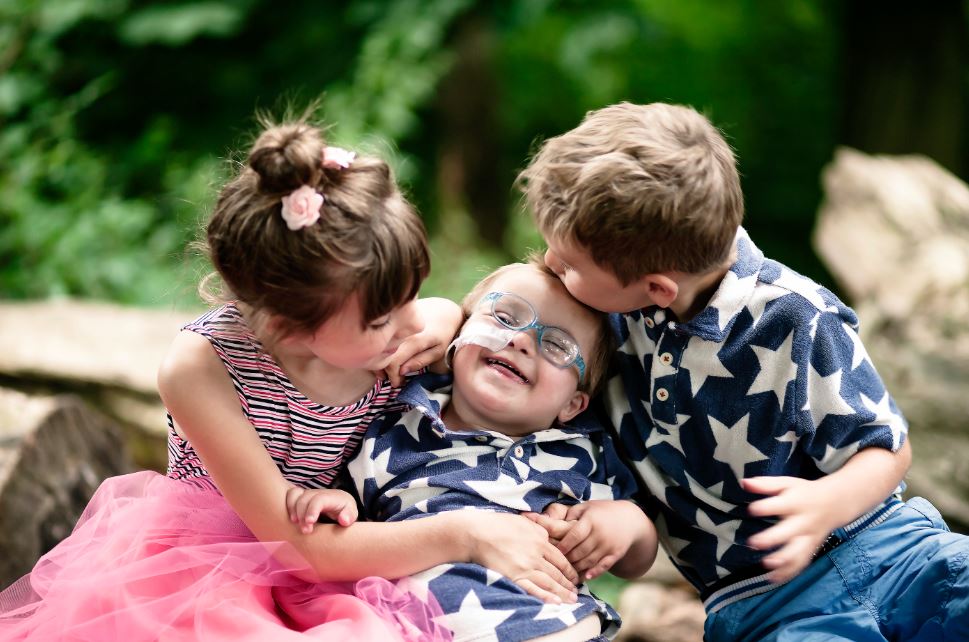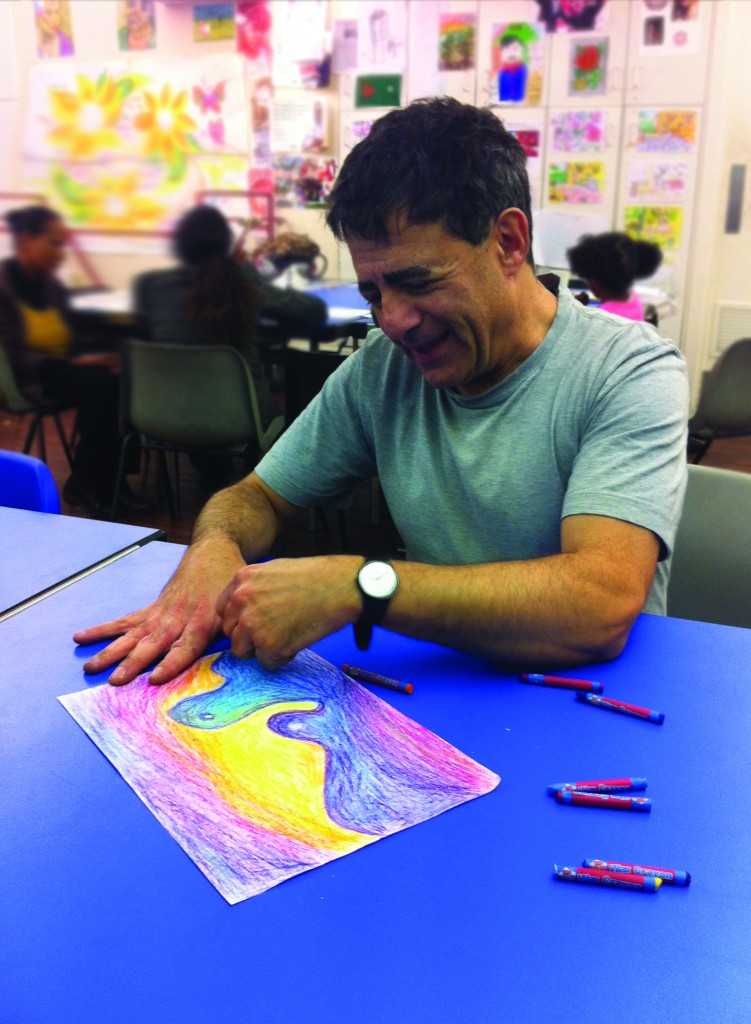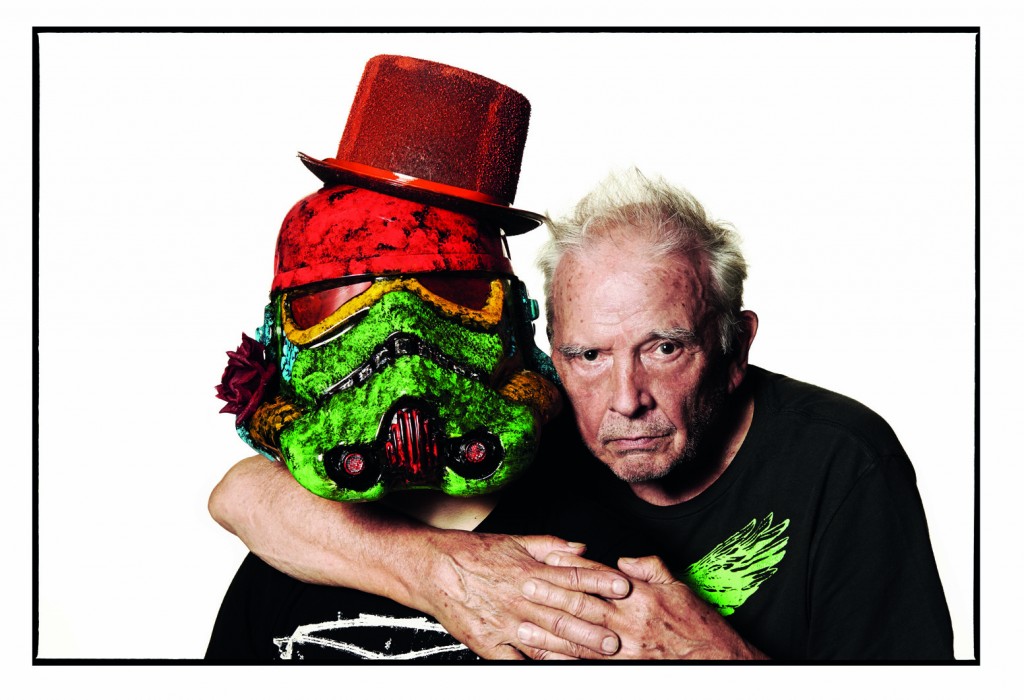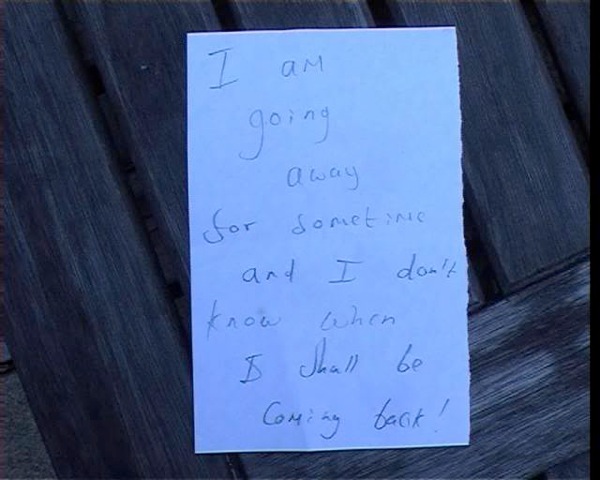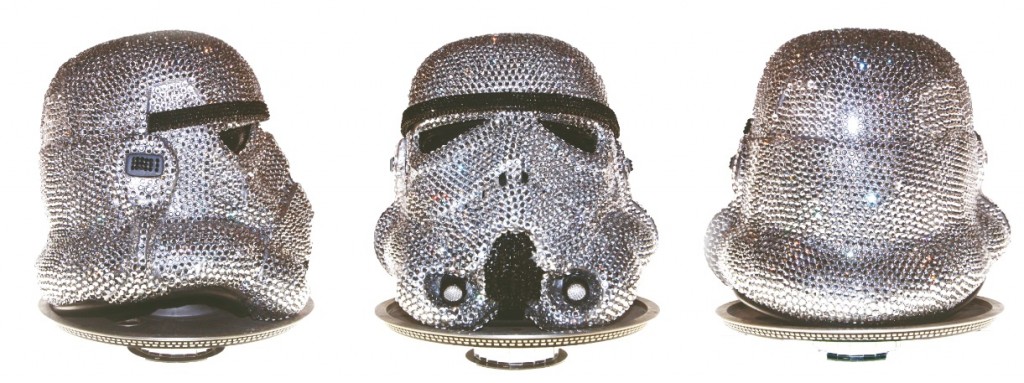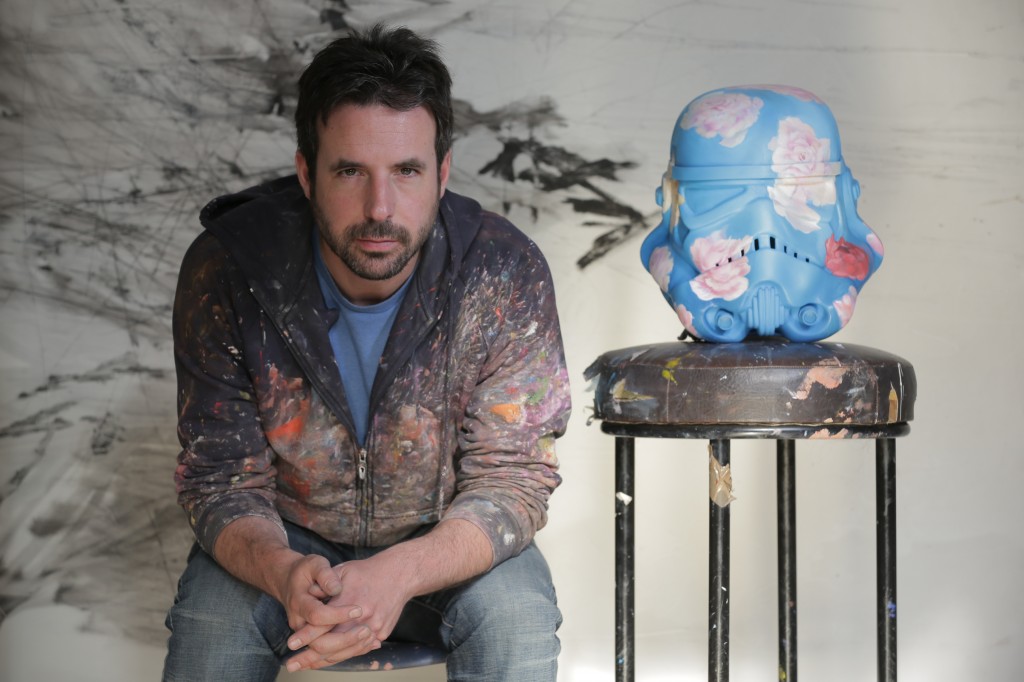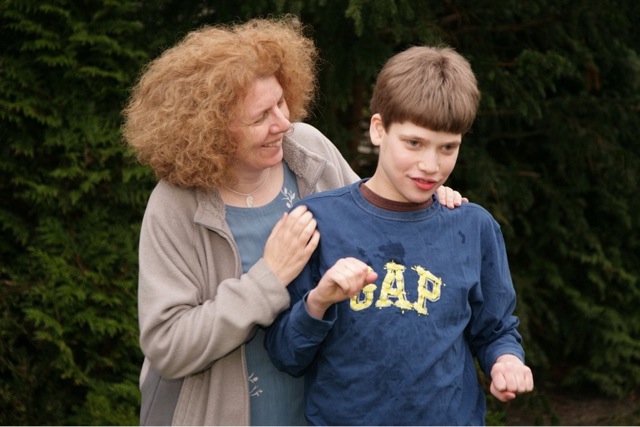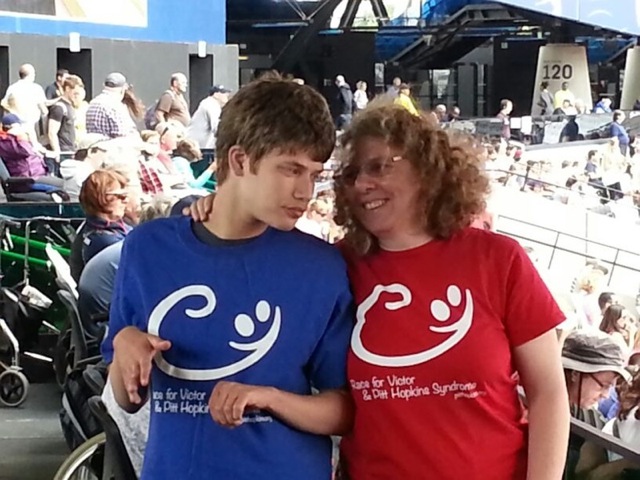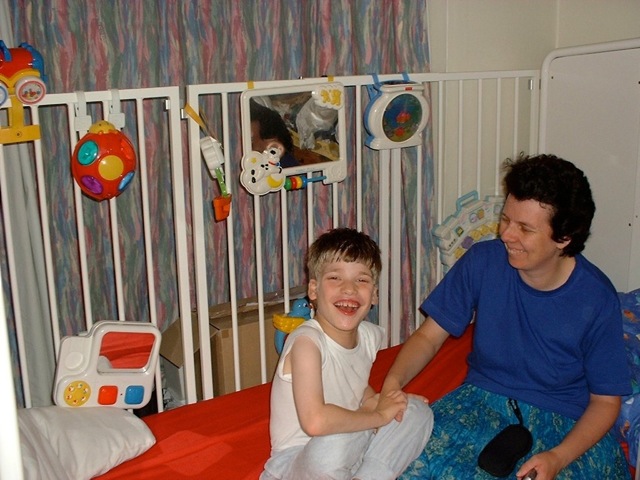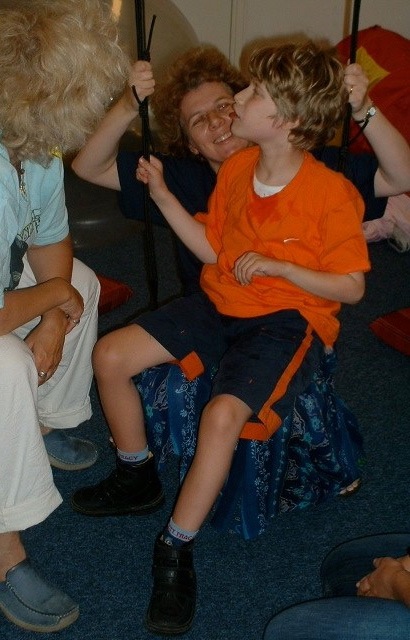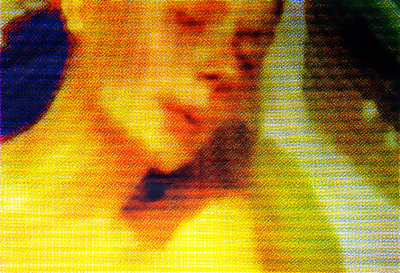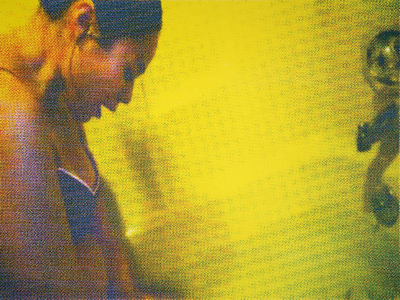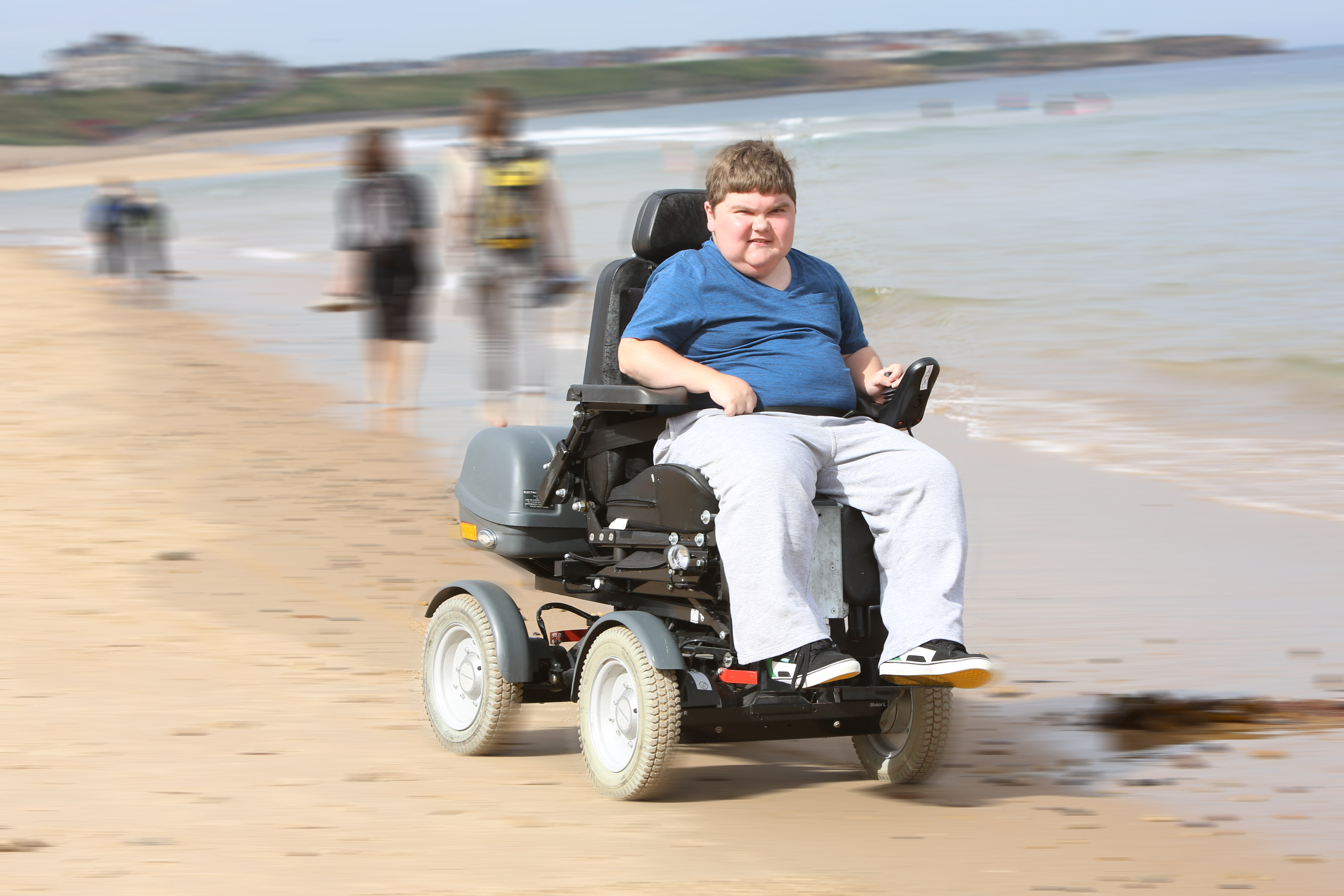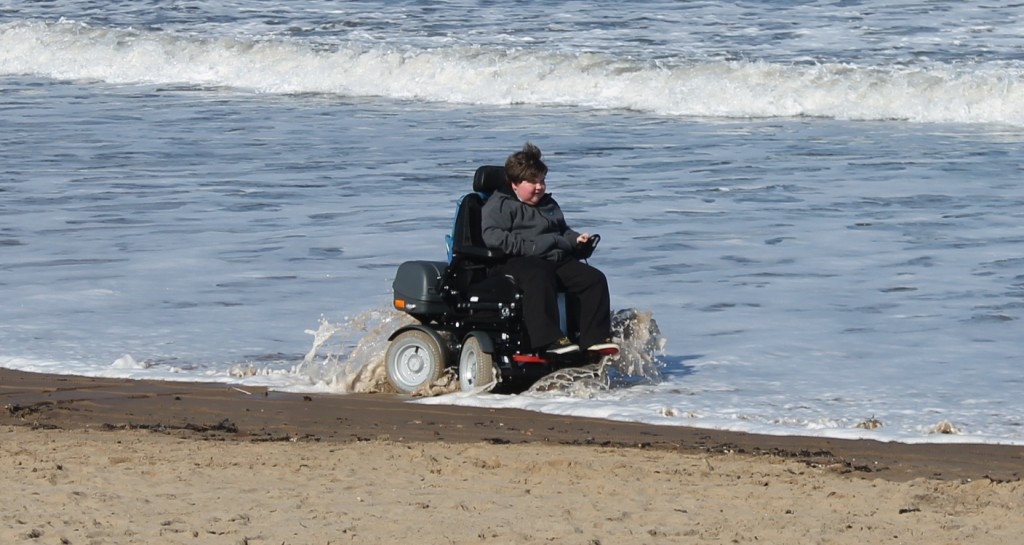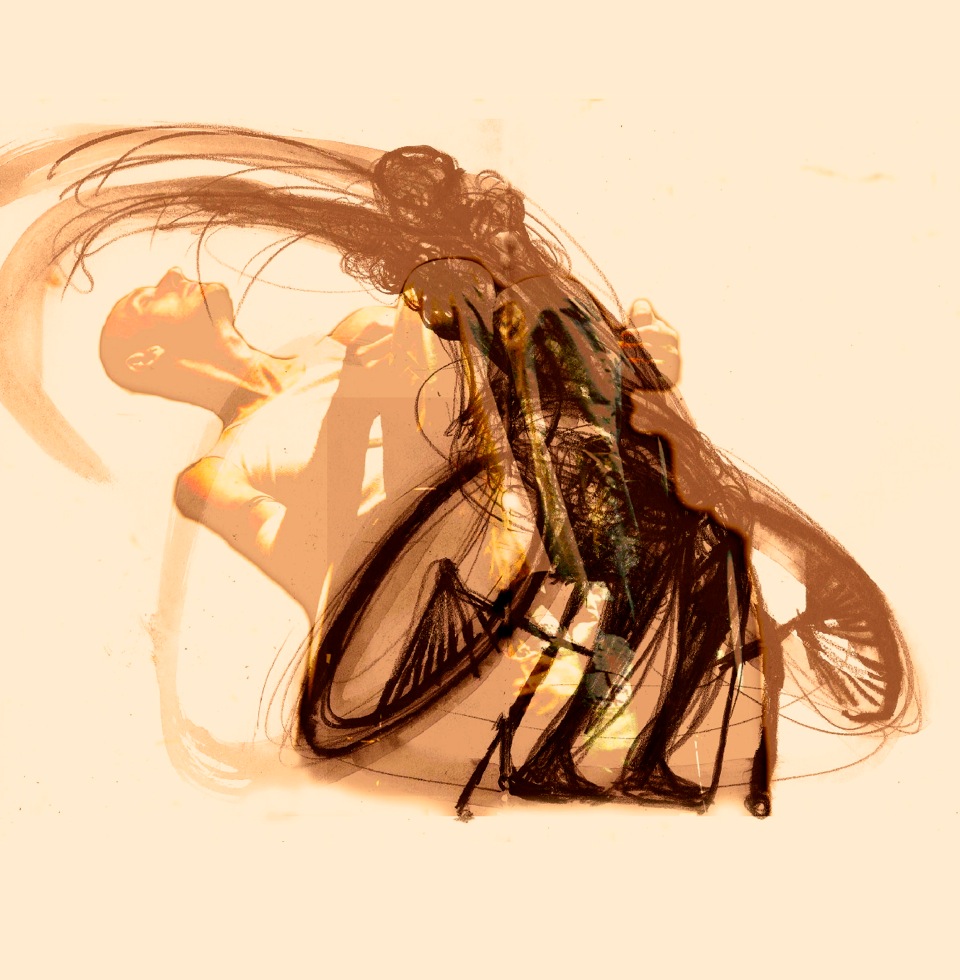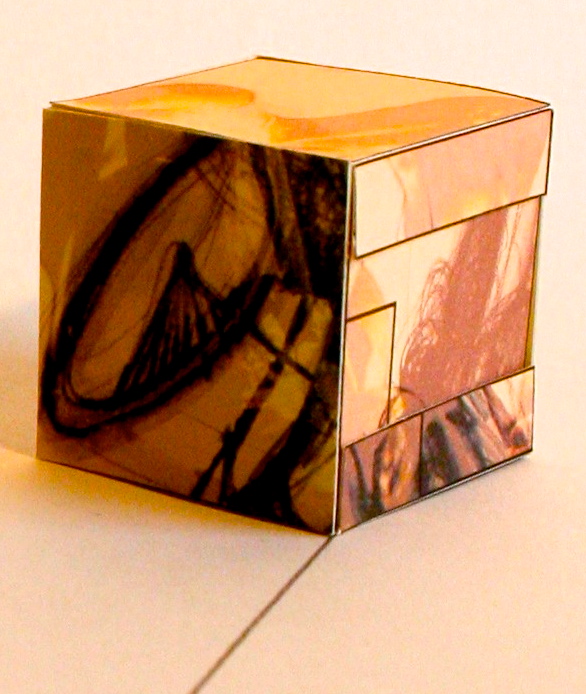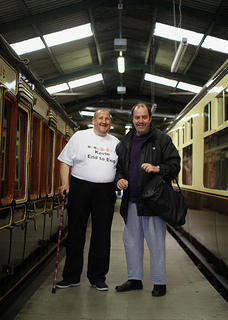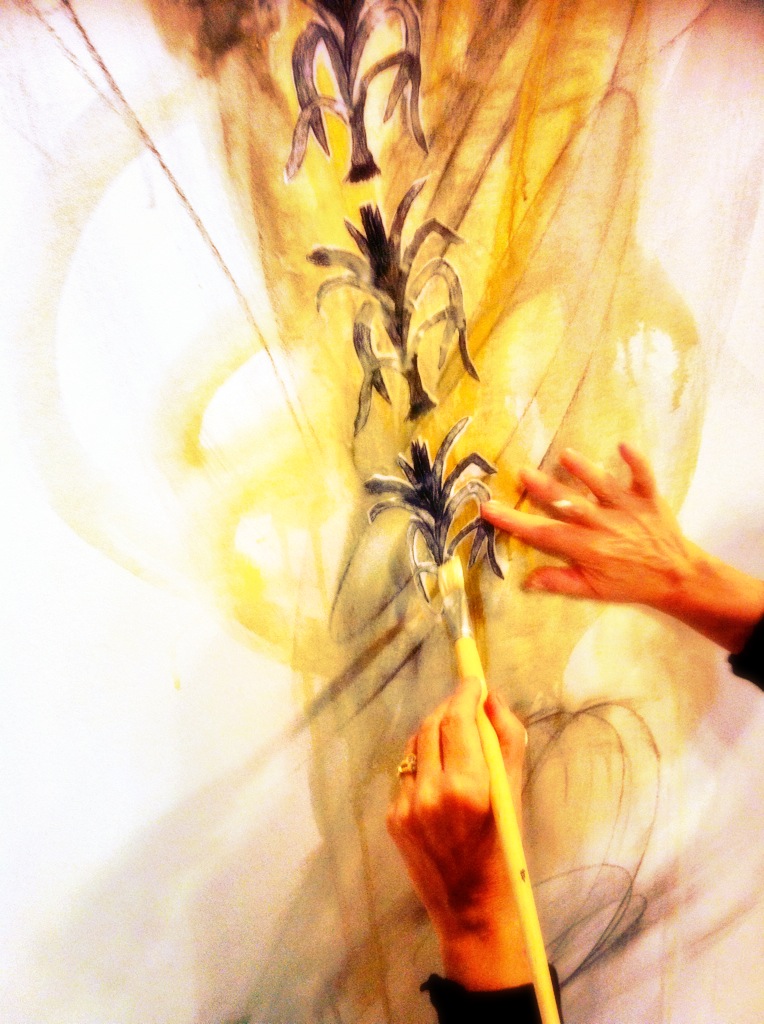
How about the fact that the word “parliament” comes from the French, “parler”, meaning “to talk” (and yes, politicians could do with less rhetoric and more action).
These were just two facts my eight-year-old daughter pounced on during a recent family-friendly project at the Houses of Parliament.
This week is Parliament Week, a country-wide series of events that aim to engage people with parliamentary democracy. While the Houses of Parliament is one of the most instantly recognisable buildings in the world and children know its name, what goes on inside it is usually either a mystery or rather dull (unless, my daughter points out, you’re talking about Guy Fawkes).
Our recent visit was part of this year’s Big Draw event, although it reflects the ethos of Parliament Week. It involved an art workshop led by artist Rachel Gadsden to create four new works. Gadsden (who I’ve written about before here and here) is known for disability awareness raising work.
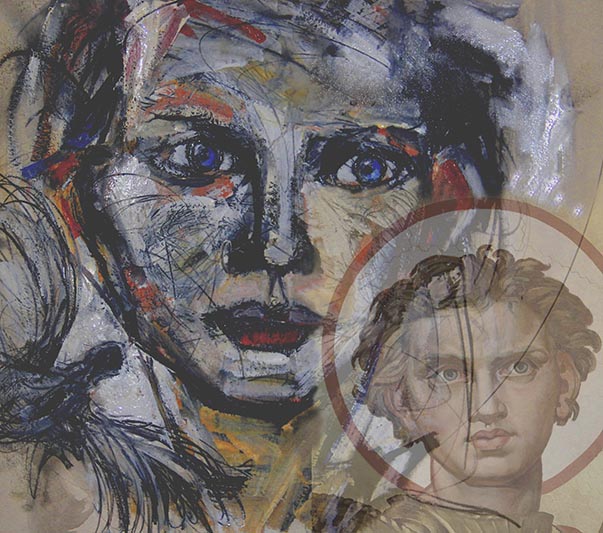
Gadsden’s ground-breaking project – the first time that the public has had the opportunity to contribute to artworks that will form part of the parliament art collection – is sponsored the Speaker’s Art Fund. The scheme involves the artist combining her own art with pieces created by the public in a series of workshops in Westminster Hall. The aims is to create new contemporary images based on mosaics of the UK’s four patron saints, St George, St David, St Andrew and St Patrick, which are in parliament’s central lobby.
Out visit included a “family-friendly” guided tour about the history, architecture and artwork in the Houses of Lords and Commons. The tour, according to my eight-year-old reviewer was “interesting but a bit too long” (I’d have to agree, despite the engaging anecdotes, an hour and 15 minutes with one stop to sit down can be difficult for most primary school pupils).
However, she “liked the information, like hearing that alarm bells sound in some buildings around parliament to call the MPs to vote”. She was loved some of the Tudor portraits after studying the period at school and was intrigued by the Queen’s robing room. Looking around the Commons and Lords has made some rather woolly concepts a little more accessible and real; she spotted the Commons on television recently, commenting that she had stood in the same room as the MPs.
After the tour, we joined workshop members creating everything from pencil drawings to mosaics based on the art they’d seen in parliament. As Gadsden says, “the subject matter is not set in stone and this is above all an ‘imaginative’ project, and participants contributed a range of drawings to which include interpretations, but also creations which express their personal identities.” Now the workshops are completed – participants’ original drawings were photocopied and included within the saints paintings that Gadsden is creating – the artist is working on the pieces and the public and MPs will have the chance to view them next year.
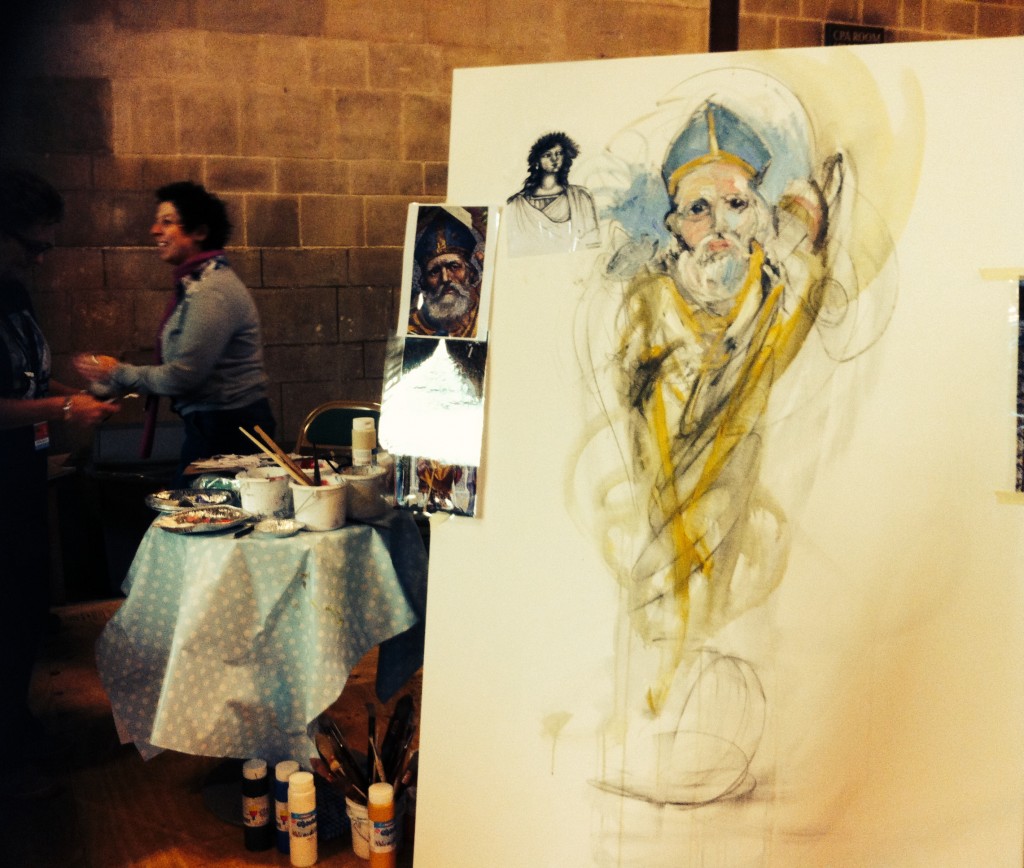
Gadsden, who has the eye disorder retinoschisis and lost the sight in her left eye this year, explains that her work is “underpinned by the notion of disability, viewed from a positive perspective.” As she says, “I just take every day at a time and concentrate on my inner vision rather than what I see with my eye”.
Gadsden has always championed the belief that disability is not regarded as a barrier to success; in 2007 she became the first contemporary artist in residence at Hampton Court Palace and was commissioned for London 2012 by Unlimited, the arts and disability programme launched for the four-year arts programme, the Cultural Olympiad.
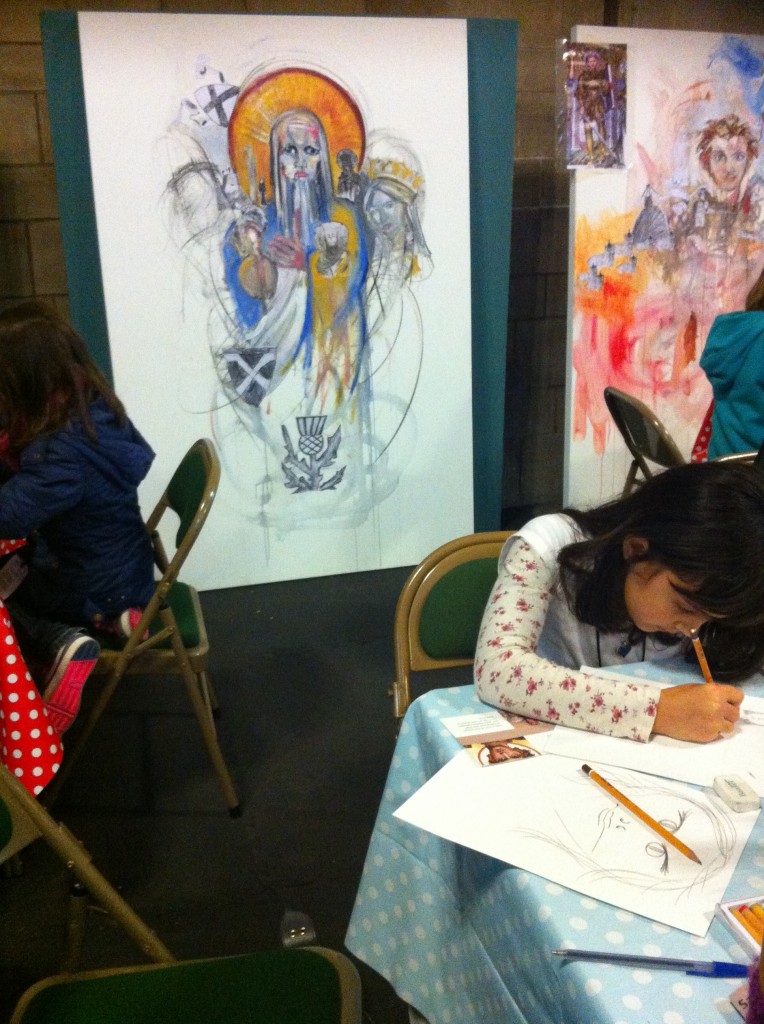
The artist adds: “I hope that my artistic practice stands as an example of the importance of the right of freedom of expression: addressing issues relating to disability and, by doing so, contributing to the process of bringing about cultural change. So this commission has given me the opportunity to not only collaborate with the public at large to create the new ‘Saints’ paintings…but also to give a new younger audience the opportunity to visit parliament for the first time, and to have the chance to see the House of Lords and Commons and learn about the procedure of parliament as part of the overall process…it is vital for young people to have the opportunity to understand parliament”.
Given the current debate about increasing social mobility and aspiration, part of the solution is not only making “authority” more accessible – encouraging young people and people with disabilities to visit the, for example, the government’s seat of power, – but inviting people, once they set foot inside, to take part in something as creative and inclusive as an arts workshop.
* Rachel Gadsden tweets at @rachelgadsden
* Information about parliament’s education service is here, including its latest plans to create a dedicated education centre for children and young people.
* Social care provider Dimensions is hosting an accessible Question Time event this week, which I’m involved in, more details here

